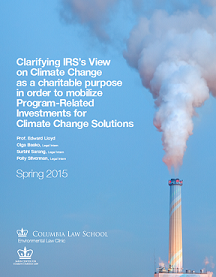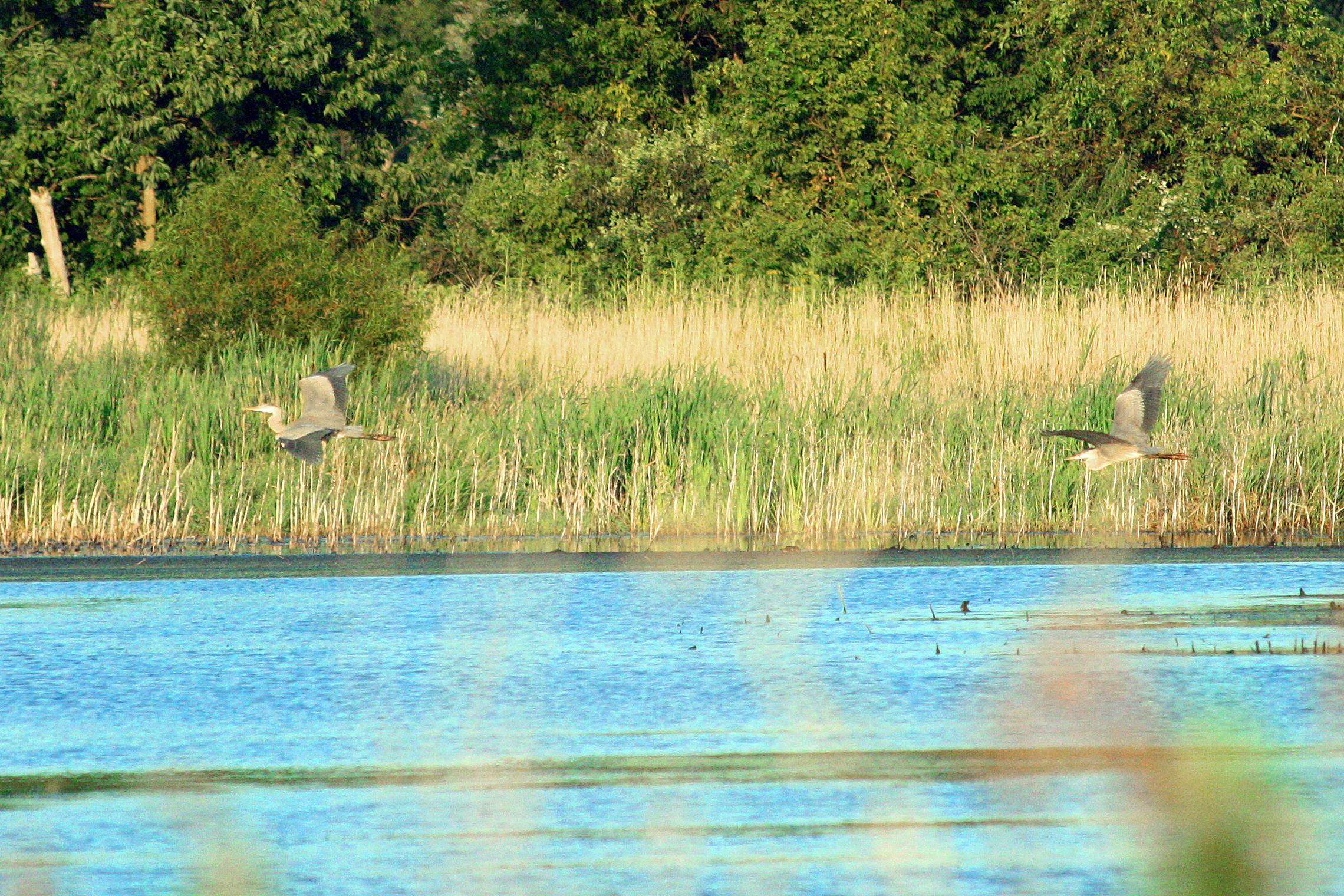by Shawna Ganley
On February 11th EPA announced that it has awarded almost $725,000 to study wetlands development to protect shorelines in New York. Most interesting to climate change adaptation, the funding aims to “evaluate the potential for salt marshes to move inland due to rising sea levels,” in addition to identifying which marshes and wetland areas are most susceptible to damage from sea level rise. The grants, through the agency’s Wetland Program, allocate $500,000 to the SUNY College of Environmental Science and Forestry in Syracuse to research and develop a field manual of wetlands in the state overall, as well as $223,000 to the New York City Department of Parks and Recreation to assess wetlands in the coastal regions of New York City. The state and city will also contribute funds to these projects.
In December, EPA released its “National Water Program 2012 Strategy: Response to Climate Change” report, which explains that wetlands are important “natural lines of defense” for coastal communities. They not only create buffers to help insulate coastal communities from storm surges, but also provide critical habitat for fisheries, filter out pollutants for safe drinking water, and absorb or “sequester” carbon. Climate change and sea level rise, however, threaten delicate wetlands. As a result, the EPA, FEMA, NOAA, and other federal agencies are now working together to foster wetlands. In the wake of Hurricane Sandy these efforts are seen as a way to reduce erosion and damage from increasingly large storm surges to coastal properties, which in New York alone is valued at $2.3 trillion. (EPA Dec 2102; USGCRP, 2009).



